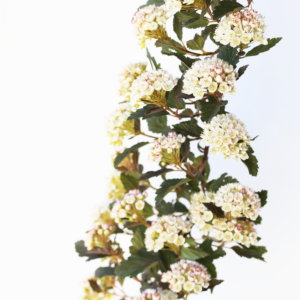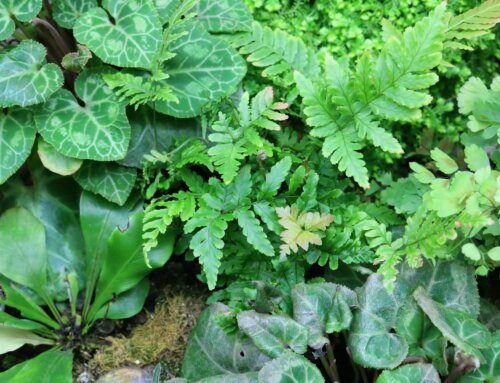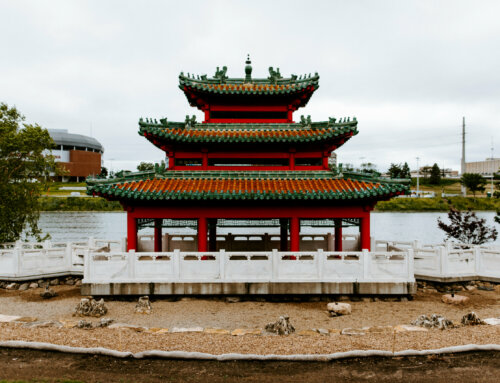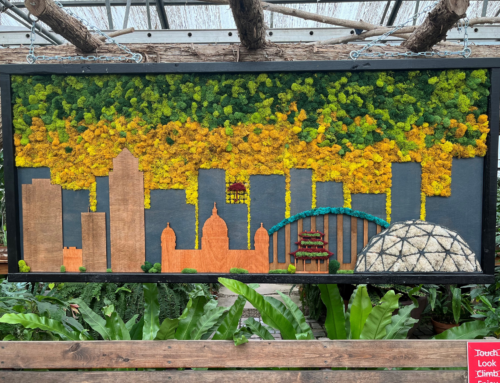Making the Cut
In its finest form, flower arranging is high art. In more casual settings, cut flowers adorn modern living spaces as a celebration of a garden’s ample success. These flowers are favorites at the Botanical Garden, and they happen to work well in bouquets, too.
1. Baptisia
 Baptisia or false indigo is stunning enough in a garden setting, but a vase full of these showstoppers can make a strong, modernist statement for up to 10 days. New cultivars offer alluring colors, like the dusky purple flowers of ‘Twilite’ false indigo. Even as standalones, two varieties in a vase yield an elegantly simple effect. The extra splash of color from ‘Solar Flare’, shown here, draws out yellow murmurs from the rest of the bouquet.
Baptisia or false indigo is stunning enough in a garden setting, but a vase full of these showstoppers can make a strong, modernist statement for up to 10 days. New cultivars offer alluring colors, like the dusky purple flowers of ‘Twilite’ false indigo. Even as standalones, two varieties in a vase yield an elegantly simple effect. The extra splash of color from ‘Solar Flare’, shown here, draws out yellow murmurs from the rest of the bouquet.
2. Heirloom garden roses
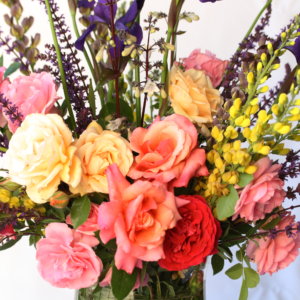 As classic as they are, heirloom garden roses have surged in popularity lately. Couple roses with bold stems of false indigo (Baptisia) and Siberian irises (Iris sibirica) and you have an explosion of colors and textures. Add perennial salvias (Salvia nemorosa) for extra texture and beardtongues (Penstemon digitalis ‘Husker Red’) with dark tones to make the lighter shades pop.
As classic as they are, heirloom garden roses have surged in popularity lately. Couple roses with bold stems of false indigo (Baptisia) and Siberian irises (Iris sibirica) and you have an explosion of colors and textures. Add perennial salvias (Salvia nemorosa) for extra texture and beardtongues (Penstemon digitalis ‘Husker Red’) with dark tones to make the lighter shades pop.
3. Alliums
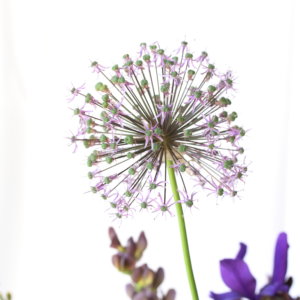 Alliums. Everyone loves them, and for good reason. They add wonderful geometry, color, height, and overall interest to a garden and a vase. If you’re hesitant to cut any from your garden for an arrangement, wanting instead to enjoy them for the briefness of their bloom, wait until they fade and use the seed heads, green or dry, as an accent.
Alliums. Everyone loves them, and for good reason. They add wonderful geometry, color, height, and overall interest to a garden and a vase. If you’re hesitant to cut any from your garden for an arrangement, wanting instead to enjoy them for the briefness of their bloom, wait until they fade and use the seed heads, green or dry, as an accent.
3. Ninebark
Ninebark (Physocarpus opulifolius ‘Diablo’) might be the most surprising stem to make the cut. The flowers of this favorite shrub don’t last more than a few days, but the leaves and ensuing fruits offer curious textures and depth to a variety of arrangement styles. Weaved amid late-blooming peonies or even early gladiolas, ninebark branches add rustic personality to a vase full of the usual suspects.

